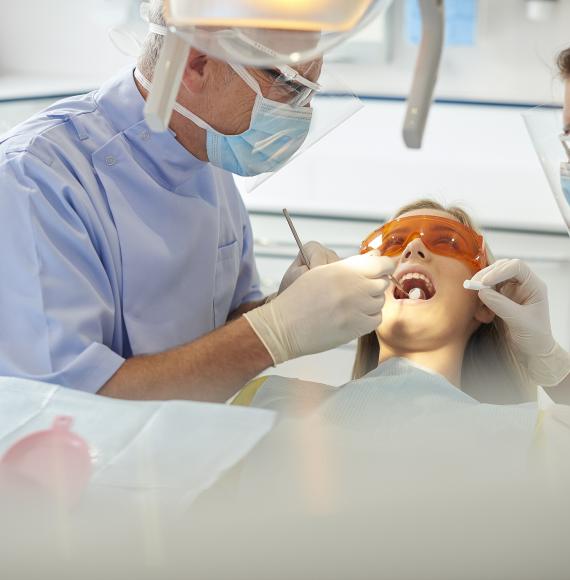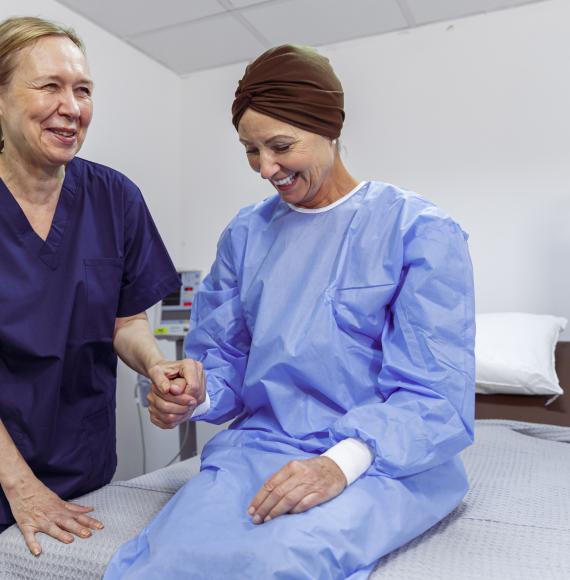The National Institute for Health and Care Excellence have recommended changes to the treatment of glaucoma and ocular hypertension, with guidelines now stating that Selective Laser Therapy (SLT) should be used in first instance rather than eye drops.
The new guidance suggests that the number of patients needing eye drops to treat the conditions stated will be reduced, saving money for the NHS.
Chronic open angle glaucoma (COAG) can be caused by an increase of pressure within the eye (ocular hypertension). The SLT procedure targets reducing the intraocular pressure in patients’ eyes and is a long-term solution to the condition.
The laser treatment has also proven to be effective in decreasing the need for patients to need cataracts or intraocular pressure lowering surgery.
Dr Paul Chrisp, Director for Centre for Guidelines at NICE, said: “Chronic open angle glaucoma is a serious condition, and our updated guideline will allow people who suffer from it, or ocular hypertension, to quickly receive effective treatment to improve their quality of life.
“Usually, eye drops are initially prescribed to lower the pressure in the eye. However, the evidence showed that first-line treatment with selective laser therapy is more cost effective than eye drops.
“The guideline has been developed following a public consultation last year and we are recommending that local healthcare services carrying out laser therapy should be providing their staff with training on the treatment. It is crucial that healthcare professionals discuss the benefits and risks with patients, family members and carers to agree on a treatment plan for each person.”
COAG affects around two percent of people over 40-years-old and rises to ten percent in over 75’s. The implementation of the new guidelines is estimated to save the NHS £400,000 within the next five years.



















